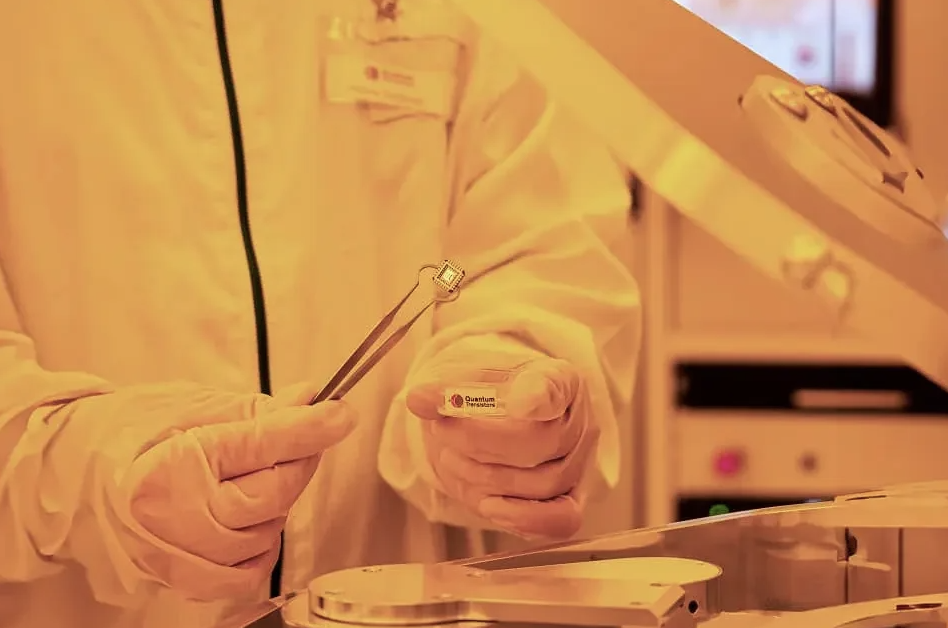Insider Brief
- Scientists from the University of Warsaw and international collaborators have advanced nonlinear photonics by creating precisely shaped perovskite crystals for optical signal processing.
- These crystals, grown using scalable methods, exhibit strong nonlinear optical effects and support polaritonic lasing, making them promising for integrated photonic circuits.
- The breakthrough could enable future optical technologies, with potential compatibility for existing silicon-based devices, aiding commercialization efforts.
Scientists from the Faculty of Physics at the University of Warsaw, along with collaborators from Poland, Italy, Iceland, and Australia, have made significant advancements in nonlinear photonics by creating perovskite crystals with predefined shapes. These crystals, which can function as waveguides, couplers, splitters, and modulators, have the potential to revolutionize both classical and quantum signal processing.
The team employed scalable synthesis methods, growing CsPbBr3 crystals from solutions within narrow polymer molds. This process allowed for precise control over crystal dimensions and shapes, resulting in high-quality single crystals. These crystals, formed on substrates using advanced techniques like electron-beam lithography and plasma etching, exhibit strong nonlinear optical effects without requiring external components.
One of the key breakthroughs was the demonstration of polaritonic lasing at the interfaces and corners of the microwires. This effect is linked to the formation of exciton-polariton condensates, quasiparticles that behave like both light and matter. The ability to observe strong nonlinear effects in these crystals, such as blueshift, indicates significant potential for their use in integrated photonic circuits operating at room temperature.

The research, published in Nature Materials, suggests that these perovskite structures could play a crucial role in the future of optical technologies and may be compatible with existing silicon-based devices, paving the way for their commercialization.
Featured image: Credit: Innovative perovskite waveguides with edge lasing effect, (Image: dr Mateusz Krol University of Warsaw and the School of Physics at the Australian National University in Canberra). Credit: Mateusz Krol University of Warsaw and the School of Physics at the Australian National University in Canberra


















